Iran Paraffin wax in household chemicals
Iran Paraffin wax in household chemicals
Various grades of macro- and micro crystalline paraffin waxes are used in household chemicals. The main consumers for Iran paraffin waxes are polishes and candles. Iran Paraffin waxes are used as additives in many polishes, and a substantial part of candle material is Iran paraffin wax.
Iran Paraffin wax in Polish
Polishes are materials which, on the one hand, increase the gloss of the treated surface or restore its initial gloss, and on the other hand, protect the surfaces against mechanical and chemical effects, and thus prolong the service life of the object. Solvent-containing, liquid polishes have a cleaning effect, too.
Polishes containing considerable amounts of Iran paraffin waxes include floor, furniture, shoe and automobile polishes. Polishes usually contain several kinds of natural and synthetic waxes, Iran paraffin waxes, resins, solvents, auxiliary agents and water. As well as the requirements of the consumer, cost of the components is an important factor in the formulations. This is one of the reasons for the tendency to replace a part of the relatively expensive natural and synthetic waxes by less expensive Iran paraffin waxes. The origin of natural waxes is diversified: carnauba wax, for example, is obtained from a palm, bees-wax is produced by the insect, and crude montan wax is extracted from lignite. Refined montan wax, chemically transformed into acid esters or partly hydrolyzed, is widely used. The synthetic waxes include products obtained by esterification of fatty acid fractions from the oxidation of macro- and micro crystalline paraffin waxes, as well as polyethylenes. Suitably selected Iran Paraffin waxes improve gloss, but greater amounts may result in an opaque surface. Another important factor in the choice of the solid components and their ratios is the requirement to form a mechanically resistant film.
Iran Paraffin wax in Floor polishes
Iran Paraffin wax is used for floor polish coatings as serve the purpose of preventing water, vapor and air penetrating into the floor and protecting the flooring against wear. Wood floors are usually coated first with a priming Iran paraffin wax layer, and subsequently, if necessary, with a liquid polish. After evaporation of the solvent, the film remaining is rubbed to produce a gloss. Solid floor polishes are pastes or solvent-less polishes. Liquid polishes yield either surfaces requiring rubbing for gloss formation, or yield directly glossy surfaces after drying
Iran Paraffin wax in Solid floor polishes
Floor pastes are usually manufactured from carnauba or some corresponding wax, montan wax, macro crystalline Iran Paraffin wax and ceresin. The Iran paraffin waxes, which are softer than the former waxes, ensure proper consistency of the paste and increase solvent retention capacity. The carnauba wax content seldom exceeds 12 wt-%. Since wood absorbs Iran paraffin waxes readily, their content is kept around 10 wt-%. Within these general ranges the formulations for floor pastes vary widely.
An important characteristic of Iran paraffin waxes in polishes is solvent uptake. Even if the structure of the product after manufacture is a perfect gel, cracks may be formed in the course of storage, and the spreading properties of the wax may deteriorate. This is the result of poor solvent retention of the waxes. ‘This disadvantage
hardness of the Iran paraffin wax constituents and significantly improve gel formation even in small amounts. In turn, solvent uptake of Iran paraffin waxes is low, but solvent retention is excellent. Thus, relatively high amounts of Iran paraffin wax combined with small amounts of montan wax-based synthetic waxes yield readily gelling pastes with good solvent retention.
Iran Paraffin wax in Liquid floor polishes
With liquid floor polishes a gloss is obtained by rubbing the film formed after applying the polish. The components of the polishes are the same as those of pastes, the only difference being the solvent content. The solids content of liquid floor polishes varies between 8 and 15 wt-%. The most widely used components of floor polish emulsions are bees-wax, carnauba wax, candelilla wax, japan wax, and macro- and micro crystalline paraffin waxes. An example of a formulation for a liquid emulsion floor.
Iran Paraffin wax in Furniture polishes
The duty of furniture polishes is to remove dust and other dirt from the surface of the furniture and to increase its gloss. The five large groups of furniture polishes are furniture oils, oil-in-water type emulsions, wax emulsions, furniture pastes and silicone-containing furniture polishes. Iran Paraffin waxes are used in two of these groups, in wax emulsions and in furniture pastes. The most widely used solid components of wax emulsions are carnauba wax, beeswax, macro- and micro crystalline Iran paraffin waxes, stearic acid and various estersed synthetic waxes.
Iran Paraffin wax in Automobile polishes
The duties of automobile polishes are manifold: they cleanse the car body and the metal decorating elements from dirt, e.g. dust, oil spots, etc., they restore the initial gloss and smoothness of the varnish, and form a thin continuous film that will protect the varnish coat against weathering for some time. In addition to the usual waxes, Iran Paraffin waxes, plasticizers, emulsifiers and solvents, automobile polishes also contain abrasive powders, which remove dust particles adhering strongly to the surface and cause roughness. Such strong adhesion is the result of paint and varnish softening by the heat of sun radiation or by the heat of the motor.
Iran Paraffin wax in Shoe polishes
Shoe polishes are required to protect and shine the leather. They form flexible, glossy wax films resistant to water, dust and the effects of weather. As well as various natural waxes, Iran paraffin waxes are also being used in the manufacture of shoe polishes. An accepted terminology is hard and soft shoe polishes. However, these attributes do not refer directly to the hardness of the waxes or Iran paraffin waxes present, but to other properties, such as solvent uptake, solvent retention, consistency, film-forming properties, drying time, etc. The attribute “hard” refers, in this respect, to waxes such as carnauba wax, hard macro crystalline Iran paraffin waxes and ceresins, candelilla wax, while “soft” applies to waxes such as crude montan wax, bees-wax, japan wax and various micro crystalline Iran paraffin waxes. As a substitute for natural waxes, many synthetic waxes are being used at present.
In the formulation of shoe creams the proper proportion of hard and soft materials is of particular importance. Hard materials jn themselves are unsuitable for manufacturing shoe creams having paste-like consistencies. The soft waxes act as binders for the hard waxes and also as a binder between the Iran paraffin waxes and solvent. On the other hand, hard waxes and hard Iran paraffin waxes are imperative from the viewpoint of shine. In addition to the above solids, shoe creams that are aqueous emulsions contain oleic acid, stearic acid, borax and triethanolamine as well as sodium and potassium soaps.
Iran Paraffin wax in Candles
One of the oldest fields of application for Iran paraffin waxes is in the manufacture of candles. Iran Paraffin waxes were first used for this purpose in the middle of the last century. The composition of candles is defined by their intended use, by climatic factors and by the specific demands of the consumers. The most important processes are : mechanized moulding using cylindrical moulds, dipping and pouring. The illumination power of pure Iran paraffin wax candles per mass unit is higher, owing to the pure hydrocarbon composition, than that of candles containing other components besides Iran paraffin waxes. However, pure Iran paraffin wax candles have several disadvantages. Their low melt viscosity causes excessively high amounts of melt being picked up by the capillaries of the wick, and consequently the flame tends to soot. Candles made of macro crystalline Iran paraffin waxes with low softening points may bend and adhere to one another under the effect of their own weight. Candles made of higher softening point waxes, on the other hand, will be difficult to light in cold weather, the flame will tend to blow out, and repeated lighting will again be difficult, because the heat of the igniting flame will not be satisfactory for easy melting of the candle material. For this reason, the majority of candles are manufactured from blends of macro crystalline paraffin waxes and stearic acid. Also, bees-wax, micro crystalline Iran paraffin waxes (ceresins), vegetable and synthetic waxes are used. Macro crystalline Iran paraffin waxes having melting point between 48 and 54 “C are suitable for candle manufacture. So-called composite candles made of Iran paraffin wax and stearic acid contain 5 to 15 wt- % stearic acid, which can, however, be substantially higher in candles manufactured for hot climates. Even candles made of pure stearic acid are being manufactured.
The melting point of composite candles is around 50 “C. The melting point of commercial stearic acid is 55 to 60 “C. The melting point of the blend is lower over the total concentration range than that of the individual constituents. The melting point minimum is around the 50/50 wt- % ratio of the constituents and is lower by 6 to 9 “C than that of the pure Iran paraffin wax. However, softening starts at a higher temperature than that of the pure Iran paraffin wax. Church candles, in contrast to other candle types, contain a Iran Paraffin wax and higher share of bees-wax, sometimes exceeding 50 wt-%.

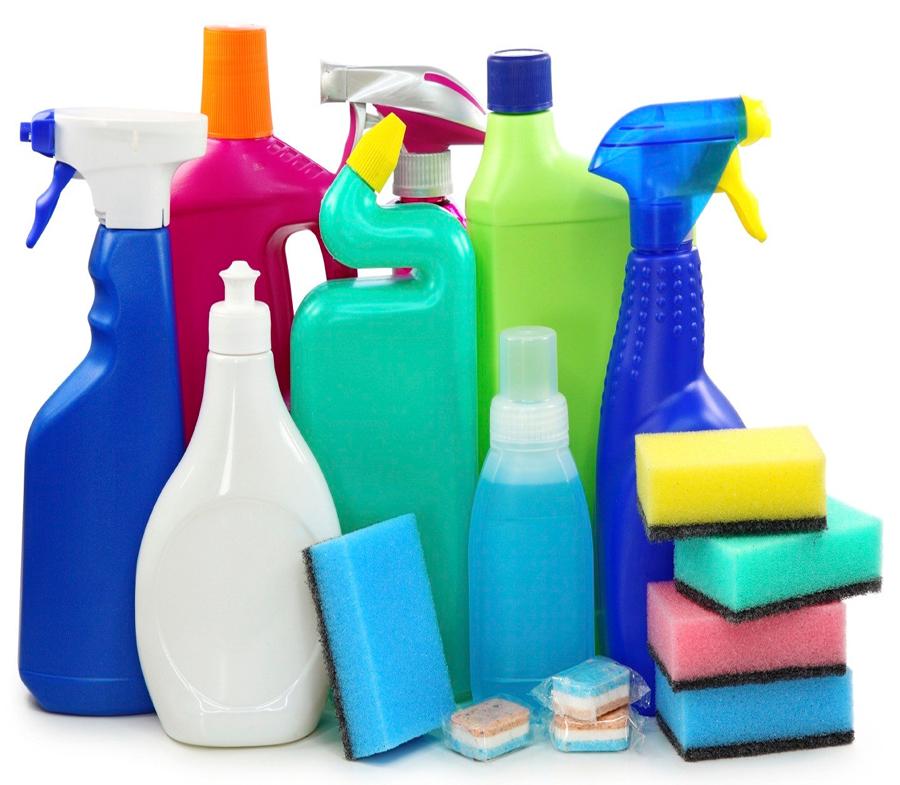
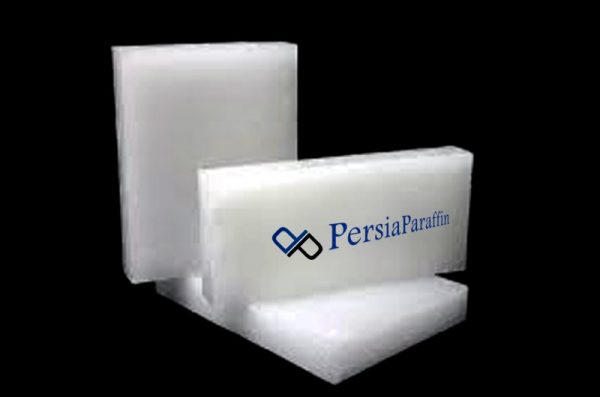
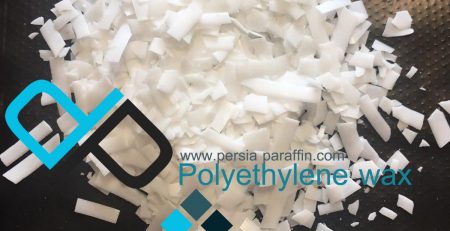
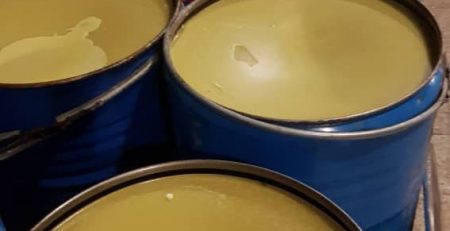
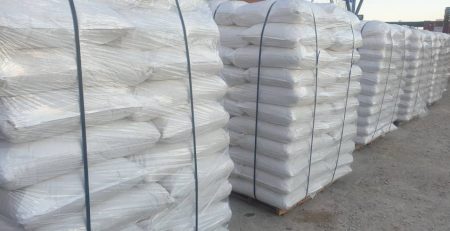
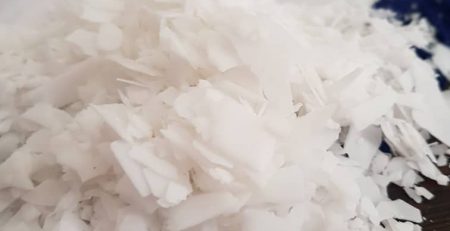
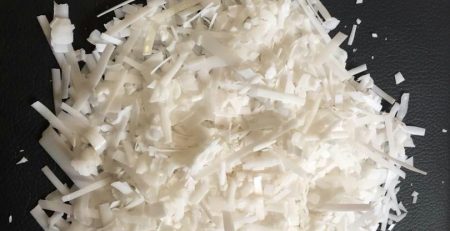
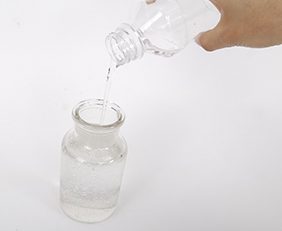

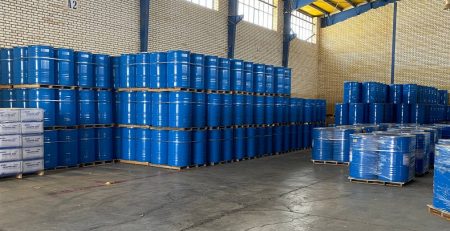
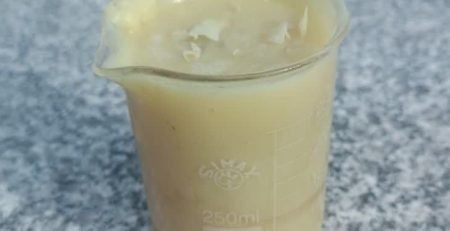

Leave a Reply
You must be logged in to post a comment.